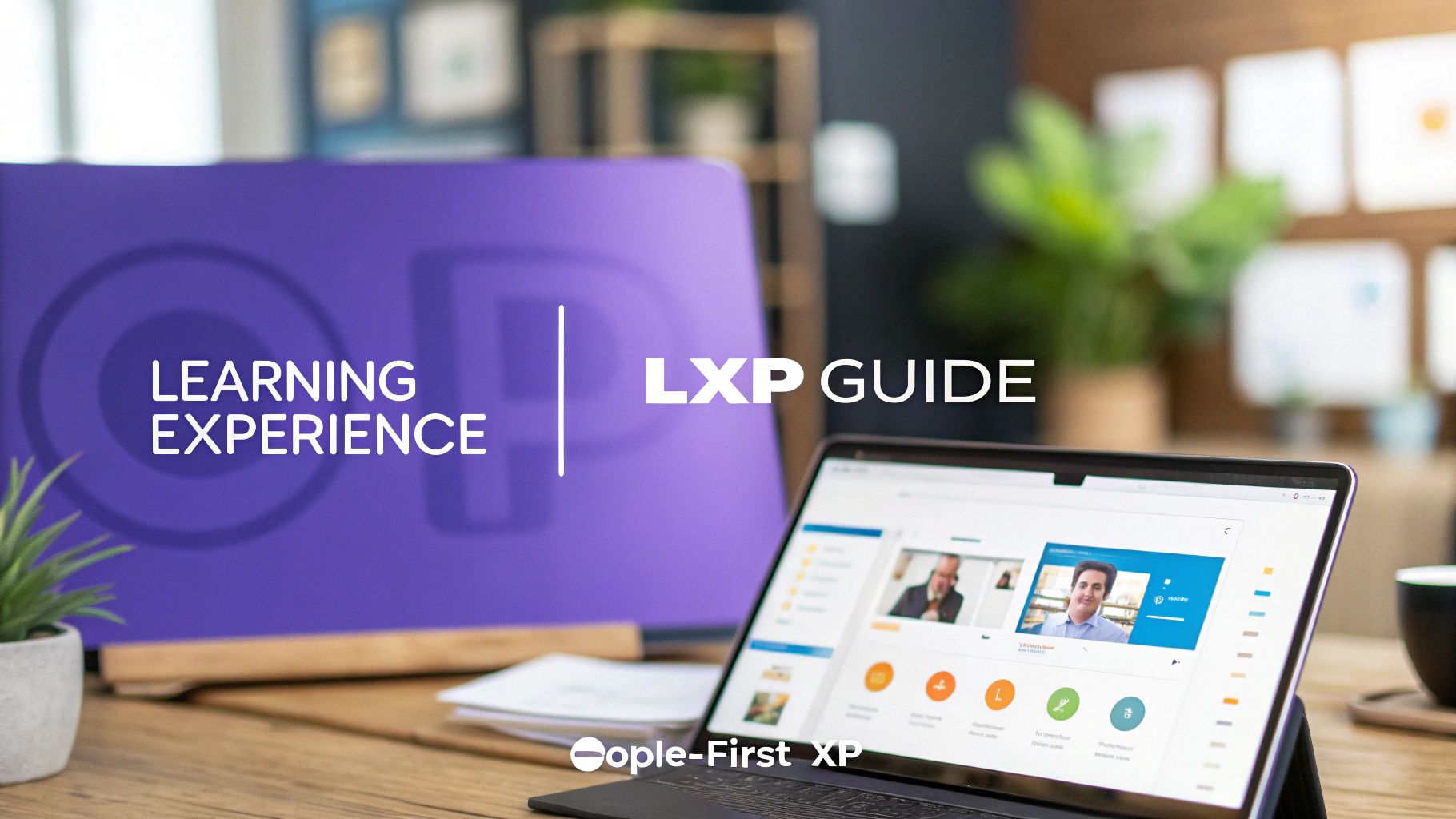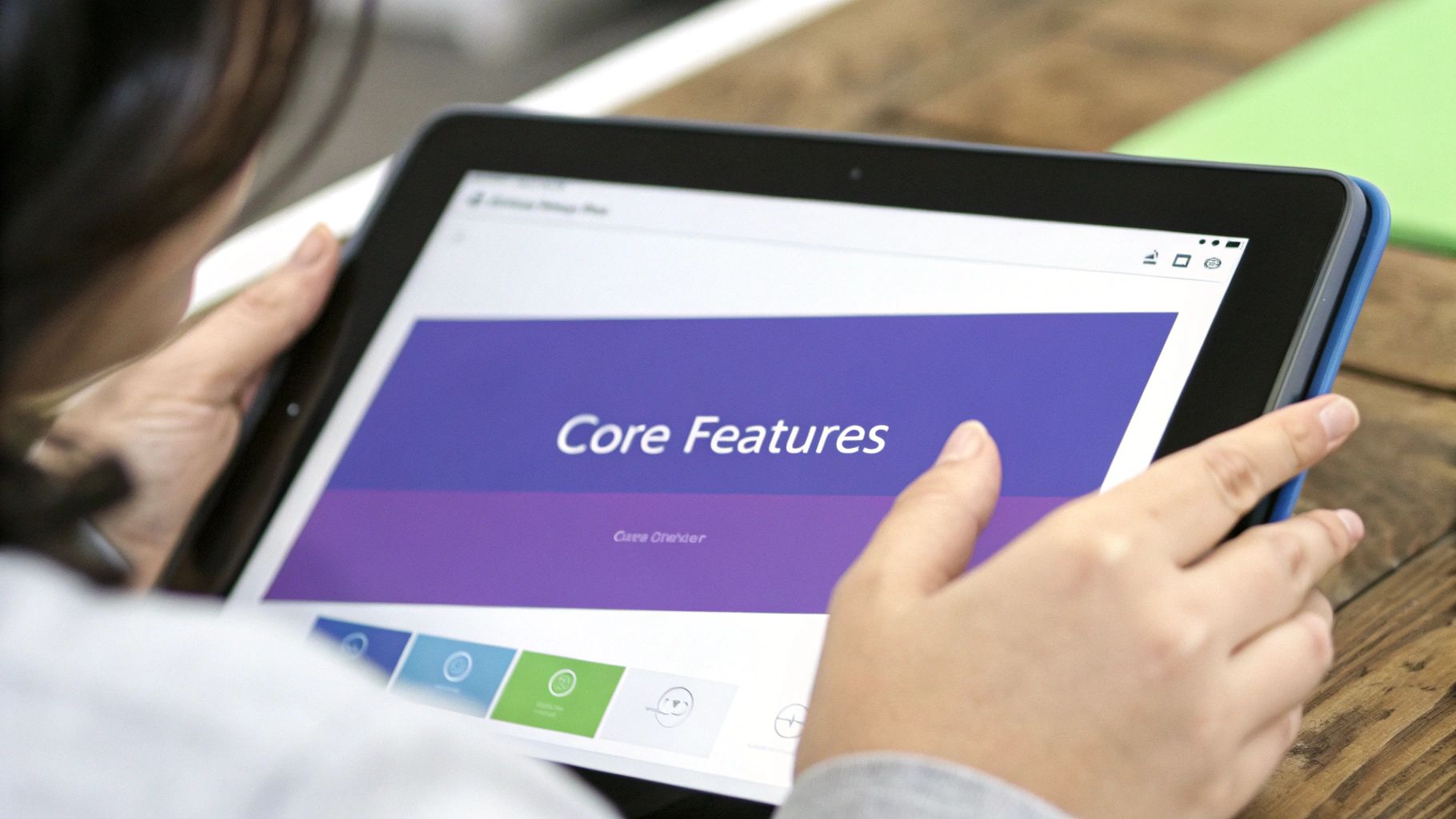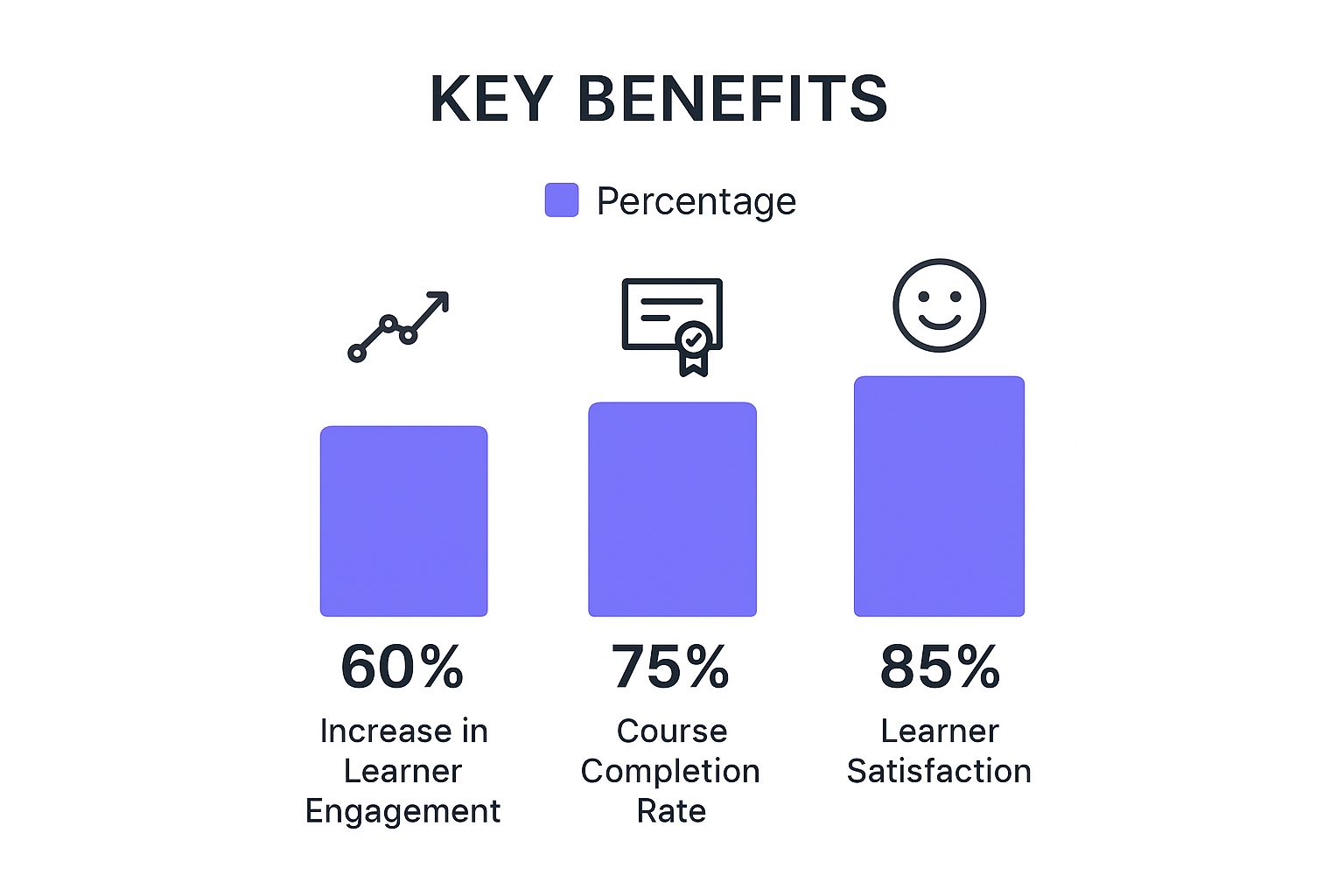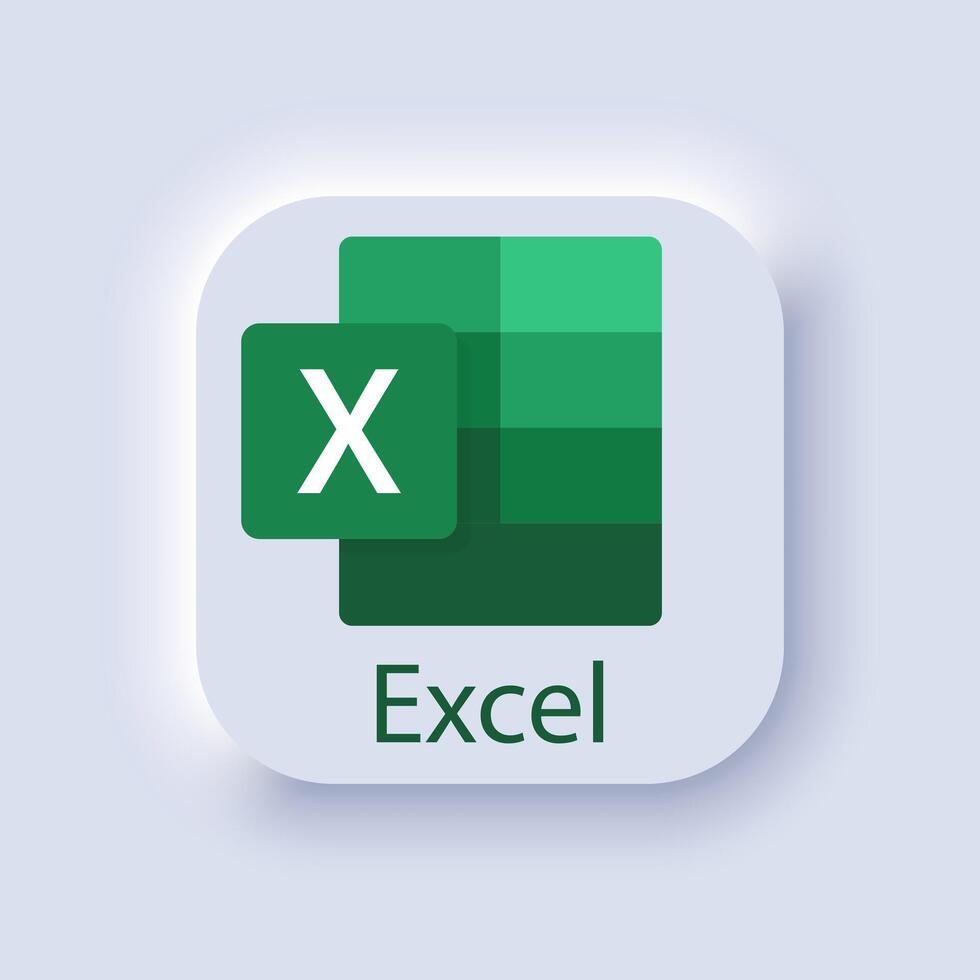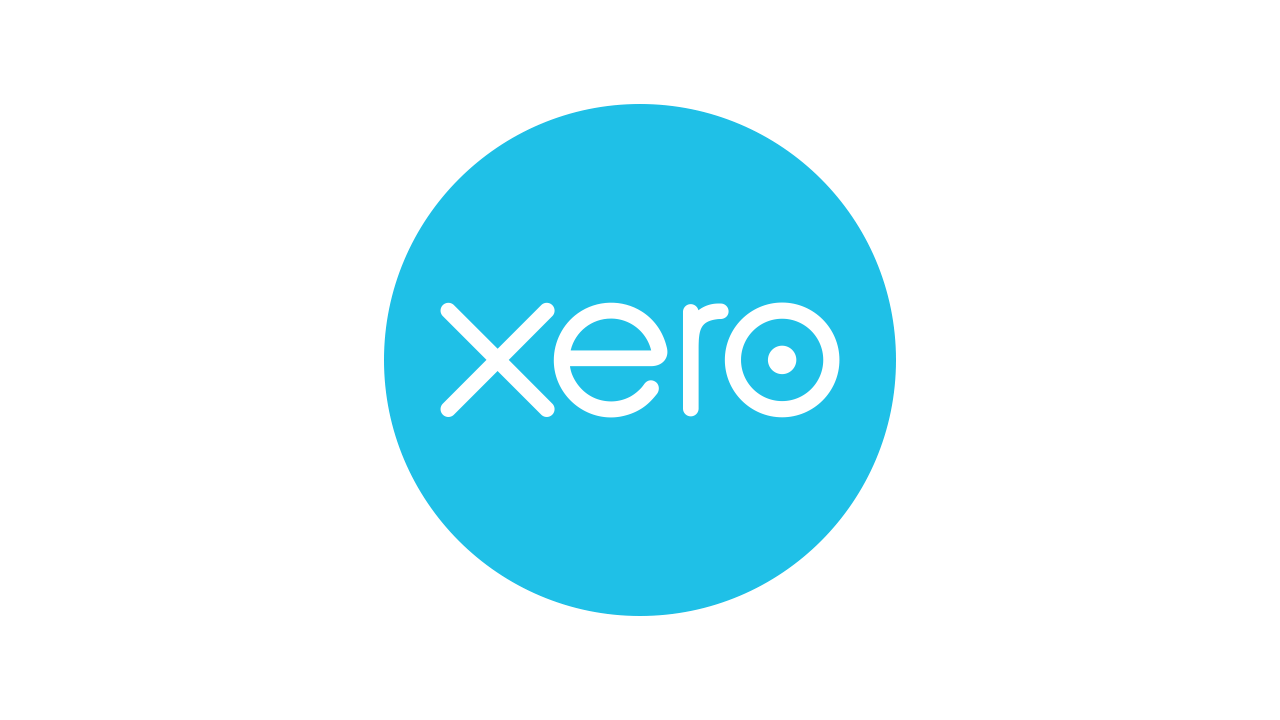So, what exactly is a Learning Experience Platform? Think of it less like a rigid, top-down library and more like a personalised, on-demand streaming service for skills. It’s a digital tool that puts the user first, delivering training content that’s intuitive, engaging, and directly relevant to their individual growth and, crucially, your business goals.
Why Your Current Training Is Not Working

Many leaders pour significant resources into training systems, only to watch engagement flatline and see zero real impact on performance. If you’ve ever felt that sinking feeling of frustration, you are not alone. It’s a common symptom of a much deeper problem plaguing many organisations.
The real issue isn't a lack of content. It's the fundamental mismatch between how people actually learn and how most companies traditionally deliver training. This is one of the biggest challenges in aligning people with learning platforms.
The Limits of a One-Size-Fits-All Approach
Your traditional Learning Management System (LMS) was built for a different time. They are fantastic at administration, think efficiently pushing out mandatory compliance courses and ticking the boxes for completion. They are built around the organisation's need to document training, not the individual’s desire to actually develop skills that matter to them.
This top-down model often fails to connect with modern teams. It treats learning as a chore, a separate and often inconvenient event, rather than something woven into the fabric of the workday. The result? Abysmal adoption rates, forgotten logins, and training that feels more like a punishment than an opportunity.
True transformation starts with people, not platforms. The assumption that new technology alone will solve learning challenges is a critical misstep. Progress begins with understanding your team's real-world workflows and needs.
When a platform does not align with how your people actually get their jobs done, it just creates friction. It becomes another system to wrestle with, another password to remember, and another task on an already overflowing to-do list. This is precisely why so many well-intentioned training initiatives fall flat.
Before we dive into the solution, take a moment to see if any of these common pain points sound familiar.
Signs Your Learning Platform Is Underperforming
This table highlights common symptoms that indicate your learning and development approach isn't delivering the desired outcomes for your people or the organisation.
If you are nodding along to more than one of these points, it’s a clear sign that your current system is working against you, not for you.
Bridging the Critical Gap
The challenge isn’t about piling on more content or finding a fancier platform. It’s about closing the gap between your people and the learning process itself. To turn Learning and Development (L&D) from a cost centre into a strategic asset, we have to move away from rigid, administrative systems and embrace more dynamic, people-first solutions.
This is exactly where a Learning Experience Platform comes into its own. It’s designed from the ground up to fix this disconnect by:
- Meeting users where they are. An LXP integrates learning directly into their daily flow of work, making it accessible, timely, and relevant. This is the core benefit of engaging people where they already work.
- Personalising the journey. It curates content based on an individual’s role, existing skills, and career goals, not just what the organisation mandates.
- Fostering genuine engagement. It uses social features and a user-friendly, almost consumer-grade interface to create a more compelling and collaborative learning environment.
By putting the user experience front and centre, an LXP helps you move beyond merely tracking compliance. It empowers you to build a genuine culture of continuous learning, giving your team the tools and the autonomy they need to drive their own development. This approach doesn't just boost engagement. It builds a more agile, skilled, and capable workforce ready for whatever comes next.

